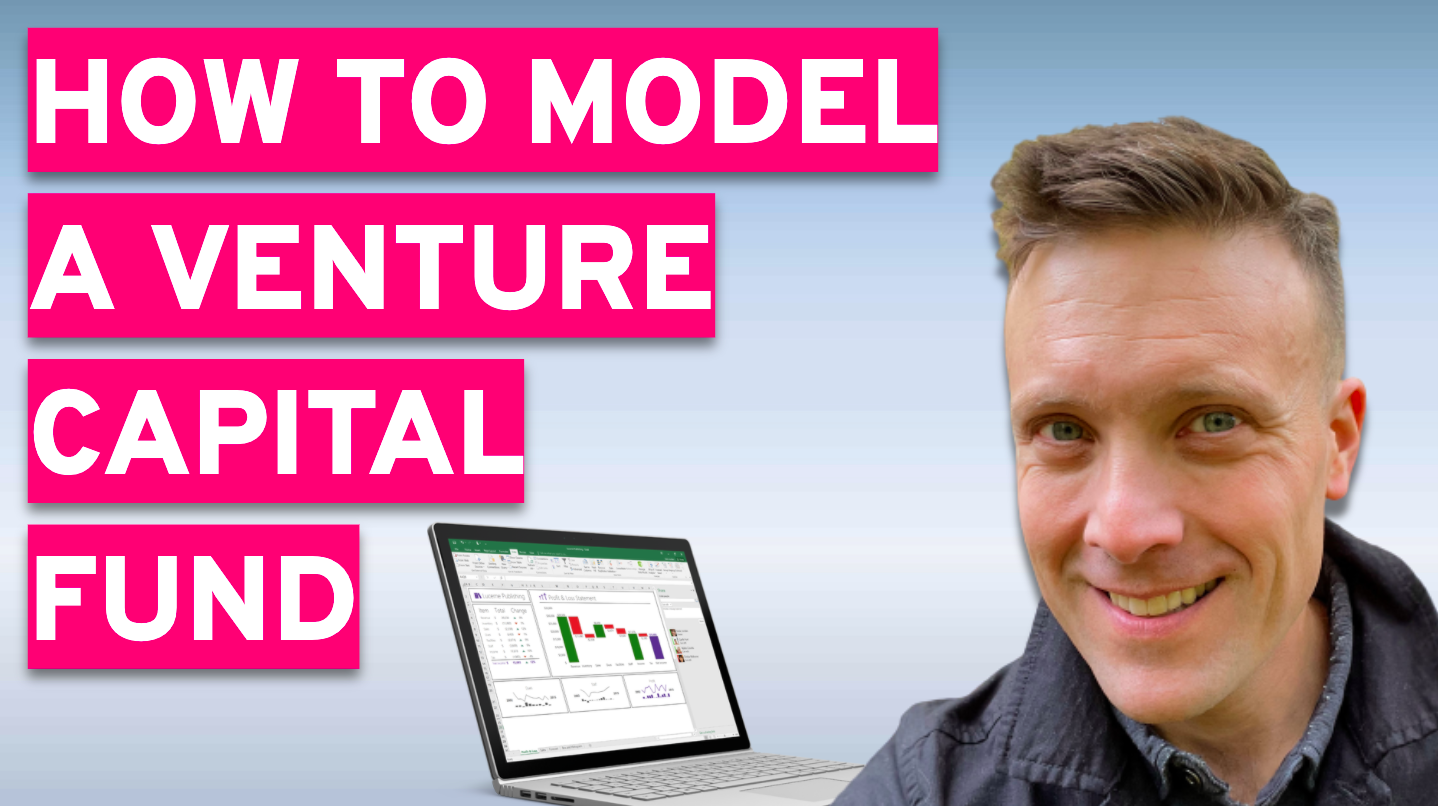This post is the 1st of a series on Data-Driven VC. Vote for the next post at the bottom of this page!
The venture capital model will soon be 80 years old and still operates reasonably similarly since inception.
The average Joe looks like this: A pot of money from pension funds, insurances, family offices and corporates is managed by a small team of senior bankers and some analysts (often <10 headcount). For a long time they operated by the credo don’t call us, we call you. Because deals are made over drinks at Rosewood Sand Hill not through a pitch deck…
Guess what - that doesn’t scale. In a flat world, outliers can emerge anywhere (in the world). And not all of them can or want to play the Sandhill game. Thus, in the last few years, forward-thinking VCs have started to invest in their own technology stack to cast a wider net with less inherent bias.
Table of Contents
Why "legacy VCs" should care?
First, because it's happening now.
For a while companies like Correlation Ventures ( 5 min read on venture returns ) or Ulu Ventures ( 16 min video on Decision Analysis ) have publicly advocated for building diversified portfolios that follow data-driven selection methods. And since September 2022, Data-Driven VC has amassed >16,000 subscribers for its weekly newsletter spurring a new surge in awareness.
Second, we are humans. We have inherent biases. Biases lower the chances of catching outliers and thus your chances of securing “Alpha/Edge” (see Investopedia ). Regardless, if you are an angel, VC or even PE, technology can make your decisions faster and better. And just to be clear, I haven’t seen a technology yet that can forecast success and thus automate investment decisions. But technology can make investment teams more efficient and aid their decision-making process to reduce bias and increase diversification. Regardless if you are an angel or PE.
Alright, here is the next issue. There are roughly 900 SaaS vendors that offer products directly to investment teams or that are regularly used by them. In words: Nine Hundred. A Nine and two zeros!
Typical tech stack of a VC would consist of a CRM, selected data subscriptions, a reporting solution, and some productivity tools. And often a lot of Google Sheets. Very few investors have internal IT or data administrators. Despite VCs heavily investing in companies that digitize business processes, they under index the spent in their own digitization.
Augmenting the VC value chain with data-driven tools
Let’s get an overview of what’s out there. The graph below plots the available types of solutions across the VC value chain.
Arguably the biggest issue with most technology stacks is that existing systems are disjointed, and processes are time consuming. This limits the team’s ability to process more deals with less effort and thus the chances for capturing outliers. There are simply too many opportunities to look at…
Alright, let’s double click on the individual categories.
The graph below illustrates the size of the individual pockets (“Infrastructure” from above graph has not been included as it would further bloat the numbers).
Four directories to navigate data-driven VC
Here are a few links that will help you navigate the quagmire of SaaS tools.
- Data-Driven VC: Tech Stack, an open source list of ~400 SaaS vendors hosted by Earlybird (which includes work from Greycroft). It is not clear how this list is updated and included profiles that were deceased when spot checked in December 2023
-
VC Stack, a commercial website with 467 SaaS profiles (manual count non-deduplicated on December 2023) by GoingVC. It features screenshots, sometimes vendor contacts and seemingly paid advertisement.
- PE Stack, a commercial website with 338 SaaS profiles run by consulting company Holland Mountain. Does not seem to feature advertisement but sells operational excellence for PEs.
- StackGenius.vc, a commercial website run by the author of this article. Does not feature advertisement but sells operational excellence for investors of all sizes, releases video demos of relevant SaaS vendors every week on Youtube, Linkedin and X.
We hope this gives you a good starting point for your journey into data-driven decision making.
If you liked this article, let us know what you want to see in the next post!
About the author
Silvan Cloud Rath is the founder of StackGenius, a consulting company specialized in helping investors to build and maintain their tech stack. He has co-founded multiple Machine Learning companies including parktag.mobi, predict.io and twinner.com and worked for Silicon Valley corporates including Cisco, Comscore and eBay.










